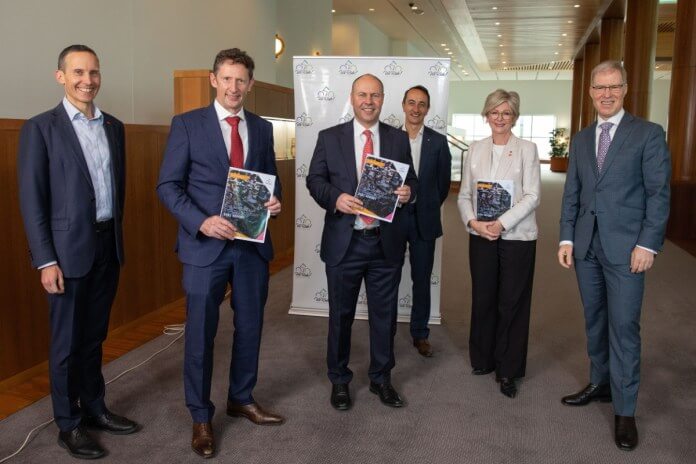
Changing mobility behaviour and social attitudes
It has been said that ‘the only constant is change’ but paradoxically, the human psyche is hard-wired to resist change at every opportunity, preferring to stick with the comfort of what is familiar.
This can prove to be a major roadblock – or perhaps shared path block – for those advocating change.
Another challenge facing local change advocates is the difficulty of convincing their local communities and decision makers that micromobility solutions that have been proven to be successful in other local governments, states or countries will work in their local community.
This could be summarised as the, ‘That’s alright for them but we’re different!’ argument.
Despite these daunting challenges, a growing army of advocates are stepping up to the plate.
Making it Happen – What
Making it Happen will equip and encourage you with stories and case studies direct from some of Australia’s and the world’s most effective advocates.
There will be ample opportunity for questions and workshopping of practical case studies.
Most importantly, the session’s long breaks also allow invaluable time for networking with peers throughout Australia and beyond.
Our goal is that you will leave this conference both inspired and equipped with new strategies and expertise, plus with an enhanced network of valuable contacts.

Making it Happen – Who
Making it Happen will be invaluable not only for volunteer and professional advocates, but for government officers and decision makers who would like to ‘seek first to understand, then to be understood’.
Being mindful that many advocates in this space undertake full time employment in other spheres, this theme is being held on the Saturday and there will be a special discount for those who do not derive any income from their work in advocacy.
The importance of advocacy for micromobility
Supporting micromobility solutions such as walking, biking, and e-scooting can take many forms, from contacting elected officials to organising community events. The goal of micromobility advocacy is to create places that are safe and welcoming for people of all ages and abilities to get around without a car.
There are many reasons to advocate for micromobility solutions. For starters, micromobility is good for our health. Walking and biking are low-impact activities that can help us stay active and reduce our risk of chronic diseases like heart disease and diabetes. In addition, micromobility is good for the environment.
When we walk or bike instead of drive, we produce zero emissions, which helps to reduce air pollution and fight climate change. And finally, micromobility is good for our wallets. By ditching our cars in favour of walking, biking, or scooting, we can save money on gas, parking, and car maintenance costs.
Why advocacy for micromobility matters
In recent years, micromobility has become an increasingly popular topic of conversation among transportation planners and policymakers.
Micromobility refers to small, personal vehicles that can be used for short trips, such as electric scooters, bicycles, and skateboards. Advocates of micromobility argue that these vehicles offer several advantages over traditional cars and public transportation. For example, micromobility vehicles are often more nimble and more accessible to park than cars, making them well-suited for congested urban areas.
In addition, micromobility vehicles emit no emissions, making them an environmentally friendly option. Perhaps most importantly, micromobility vehicles are often more affordable than cars, making them accessible to a wider range of people. As the world continues to urbanize, micromobility is likely to play an increasingly important role in moving around cities.
Background
Though micromobility is a relatively new term, advocacy for micromobility technologies dates back to the early days of the automobile.
In the early 20th century, as cars began to proliferate on American streets, a number of individuals and groups began to speak out against what they saw as the negative effects of the car. These critics argued that cars were noisy, dirty, and dangerous, and that they would lead to the congestion of cities and the destruction of urban neighbourhoods.
While these early critics did not specifically advocate for micromobility technologies, their arguments laid the groundwork for later advocates. In the latter half of the 20th century, as cars became even more ubiquitous, several groups began to call for alternatives to the car. These organisations argued that cars were responsible for a number of problems, including air pollution, traffic congestion, and sprawl. They called for the development of new technologies that could provide people with an alternative to the car.
Among these technologies were bicycles, buses, trains, and subways. While these groups did not specifically advocate for micromobility technologies, their work helped to build support for micromobility in the later years.
